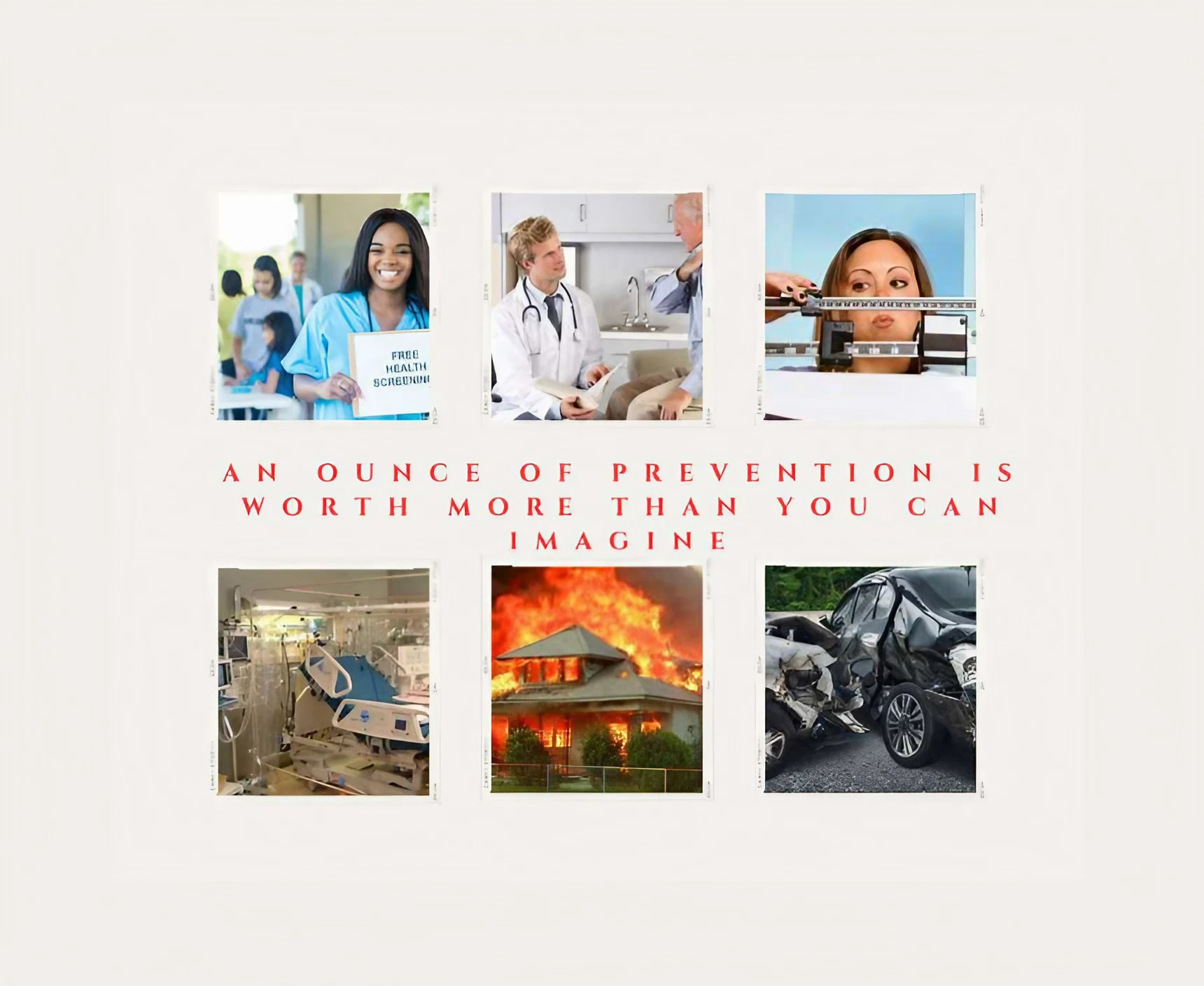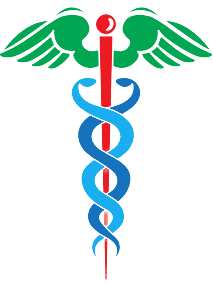
Welcome to PHASE
Our Mission is to create public awareness around the urgent importance of engaging in Preventive Health and Safety measures to reduce the risk of life-threatening accidents and illnesses. We believe the only good accidents and illnesses are the ones that are prevented.
- PHASE partners with individuals, families, communities, and businesses in exploring ways to create awareness and increase the understanding of the importance of preventive health and safety. Some of the tools we use are:
- Podcasts
- Blogs
- On-Line Courses
- Workshops and presentations
- Newsletter service
We also partner with local fire departments and EMS to provide public educational opportunities.
For Businesses, Companies, Churches, and Organi...
Our Vison is to create public awareness as to the risks involved in ignoring preventive health and safety measures and the how participating in them can prevent many accidents and serious health conditions.
Our Target: The World!
Our Target: The World!
